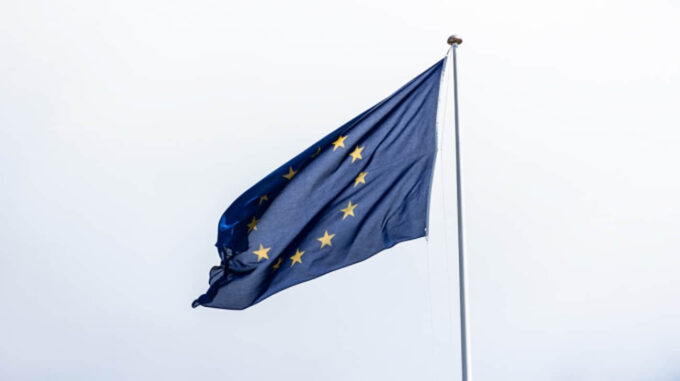The European Union has been actively discussing the issue of confiscation and further use of frozen Russian assets within its borders for an extended period, and currently, the decision to keep these funds within the limit of 210 billion euros remains in place at least until the end of 2025

According to European policymakers, these funds will be maintained in a frozen state, and the profits generated from them will be used to support Ukraine in its fight against Russian aggression. European Commission spokesperson Markus Lammert told journalists in Brussels in June this year that overall, Russian assets estimated at approximately 210 billion euros within the EU territory will remain frozen for a long time. These measures are part of broader efforts to hold Russia accountable for the destruction of infrastructure, human suffering, and economic damages caused by the war in Ukraine. Lammert also stated that the income derived from these frozen Russian assets is already being used to finance programs supporting the Ukrainian economy and defense sector. Specifically, G7 loans totaling over 45 billion euros are being allocated for the modernization of Ukraine’s defense industry, reconstruction of the energy system, and support for infrastructure projects overall. It is important to note that these funds are not simply provided as aid: all involved amounts are expected to be repaid through future revenues from Russian assets in Europe. A special focus is given to the question of reimbursing this assistance, with the Ukrainian representation playing an active role in the dialogue. In 2025, several payments have already been made: a first installment of 3 billion euros was sent to Ukraine in January, followed by subsequent payments of 1 billion euros in March, April, May, and most recently last Friday. In total, several more payments are expected throughout the year within this program to strengthen the defense sector and help preserve Ukraine’s viable economy. The spokesperson of the European Commission also emphasized that European leaders are firmly stating that Russia must pay for the damage caused to Ukraine by the war, and that this price is measured not only in political responsibility but also in financial obligations. Legally justified and financially realizable compensation options are being discussed, which should remain central to international negotiations. The balance between the pursuit of justice and concerns over the potential loss of investment attractiveness remains a major obstacle in resolving the issue of Russian asset confiscation. It is worth noting that discussions on this topic have been ongoing for several years. While there are active debates regarding the possibility of final confiscation and transfer of funds to Ukraine, representatives of countries such as France, Germany, Italy, and Spain express serious concerns about the risks and potential negative consequences for the investment climate within the European Union. They warn that such steps could undermine legal procedures and reduce Europe’s competitiveness in the global capital market. However, the EU's current strategy is to utilize the frozen Russian assets as effectively as possible for financial support to Ukraine and to reduce the destruction caused by the war. By the end of 2025, these assets will remain in this state, and the proceeds from them will be directed toward restoring Ukraine’s energy system, modernizing defense, and supporting the civilian population. Overall, this step is part of a broader strategic plan by Europe to counter Russian aggression, maintaining a balance between legal procedures, economic security, and international justice. At the same time, official representatives emphasize that although a low-cost path of asset confiscation has not yet been taken—and remains a subject of debate among European countries—the pursuit of justice will continue to be a central focus of international politics and diplomacy.

